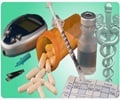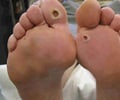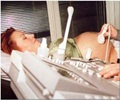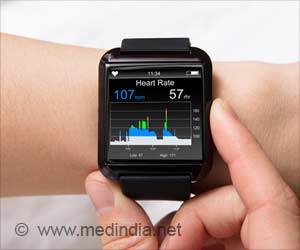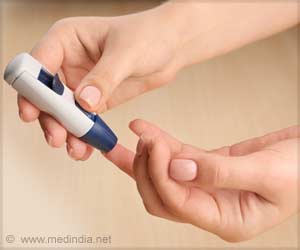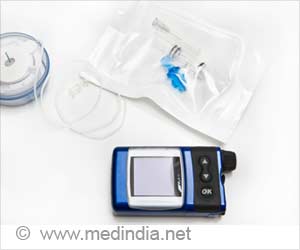Eylea (aflibercept), as compared to Avastin (bevacizumab) or Lucentis (ranibizumab) provided greater visual improvement for diabetic macular edema (DME), when vision was 20/50 or worse.
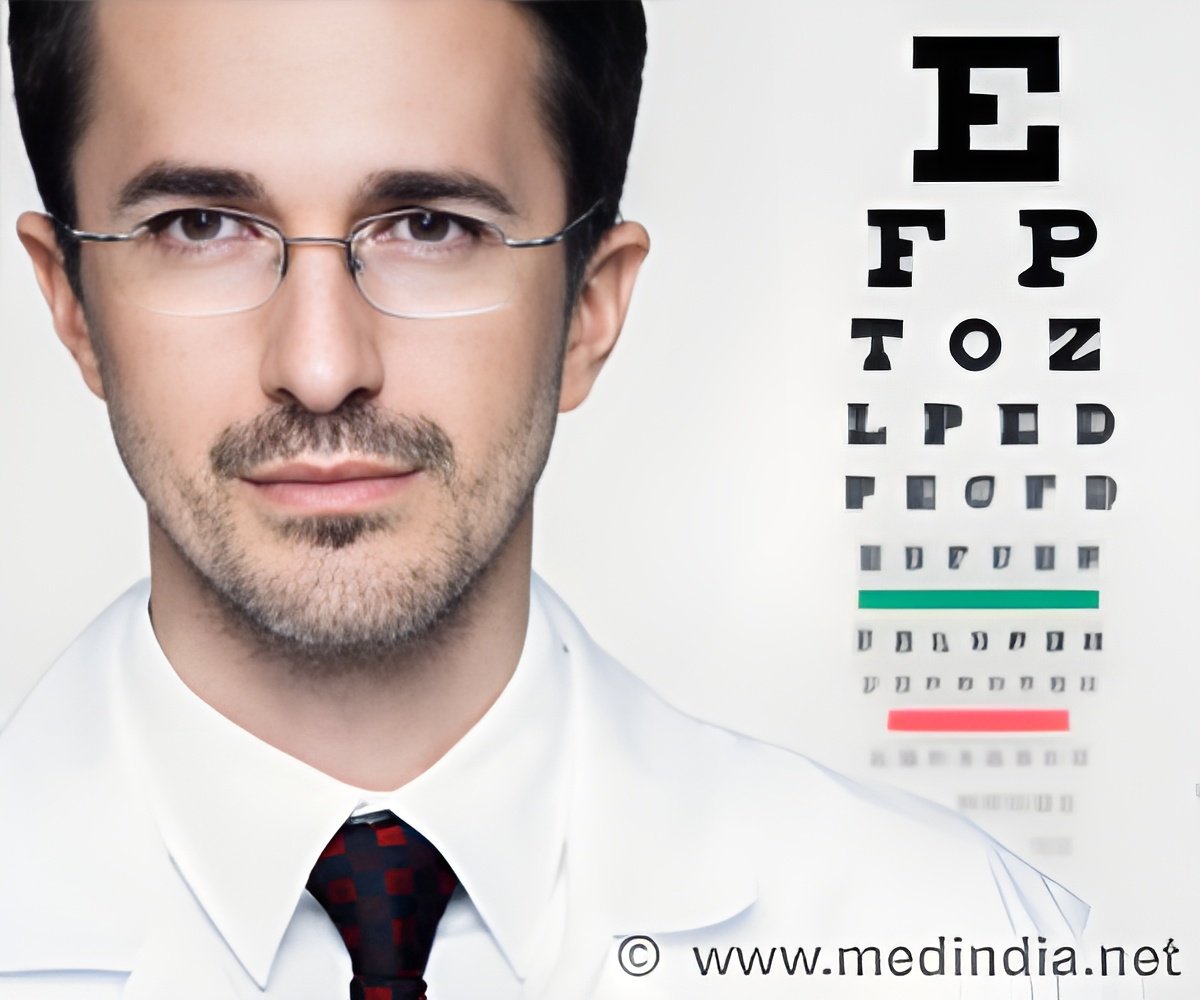
Investigators enrolled 660 people with macular edema at 88 clinical trial sites across the United States. When the study began, participants were 61 years old on average, and had type 1 or type 2 diabetes for 17 years on average, with a visual acuity of 20/32 or worse. At enrollment, about half the study participants had 20/32 or 20/40 vision, and the other half had 20/50 or worse vision.
Each participant was randomly assigned to receive either Eylea (2.0 milligrams/0.05 milliliter), Avastin (1.25 mg/0.05 mL), or Lucentis (0.3 mg/0.05 mL). The study participants were evaluated monthly and received the assigned study drug by injection directly into the eye until the DME resolved or stabilized. Laser treatment was also given if DME persisted without continual improvement after six months of injections.
All three drugs target a substance called vascular endothelial growth factor (VEGF), which can cause leakage from blood vessels and the growth of abnormal blood vessels in the retina. Anti-VEGF drugs work for DME by reducing the vascular leakage. During the year-long study, participants on Avastin and Lucentis received, on average, 10 injections, versus 9 for those on Eylea.
One year post starting treatment, vision had improved substantially for the majority of study participants. When visual acuity was 20/32 or 20/40 at the beginning of the trial, vision improved on average almost two lines on an eye chart in all three treatment groups. In contrast, for participants whose visual acuity was 20/50 or worse at the beginning of the trial, Eylea improved vision on average almost four lines, Avastin improved vision on average almost 2.5 lines, and Lucentis improved vision on average almost three lines.
Lead author of the study Dr. John A. Wells said, "Eylea, Avastin, and Lucentis yield substantial gains in visual acuity for most people with diabetic macular edema; however, on average, Eylea appears to provide additional benefit for patients who start treatment with moderate or worse vision loss. All three drugs reduced swelling of the macula, but Eylea and Lucentis reduced the swelling more than Avastin. Also, during the study, a smaller percentage of participants on Eylea (36 percent) underwent laser treatment for persistent edema that did not resolve with anti-VEGF treatment alone, compared with those on Avastin (56 percent) or Lucentis (46 percent)."
Advertisement
Source-Medindia

